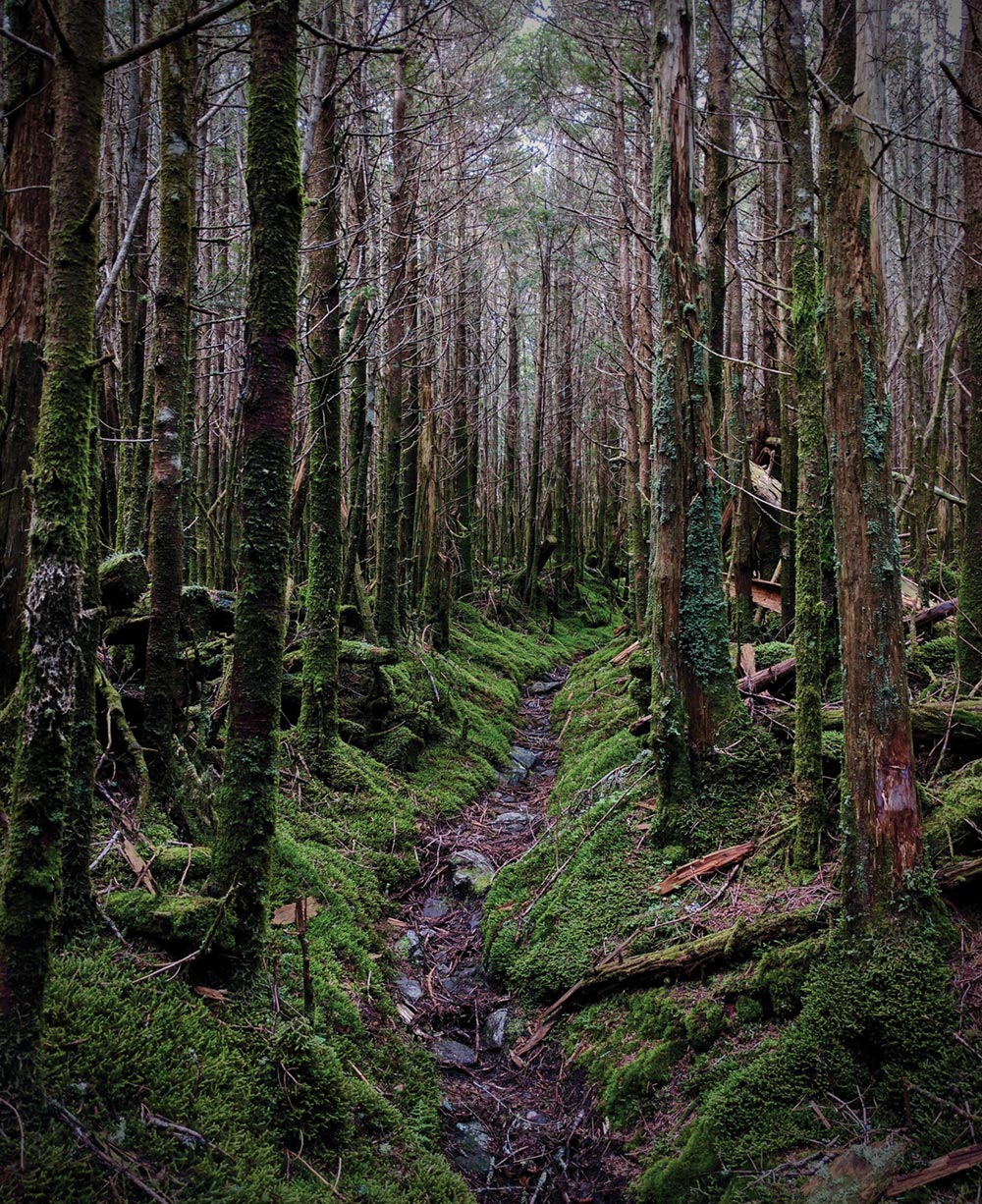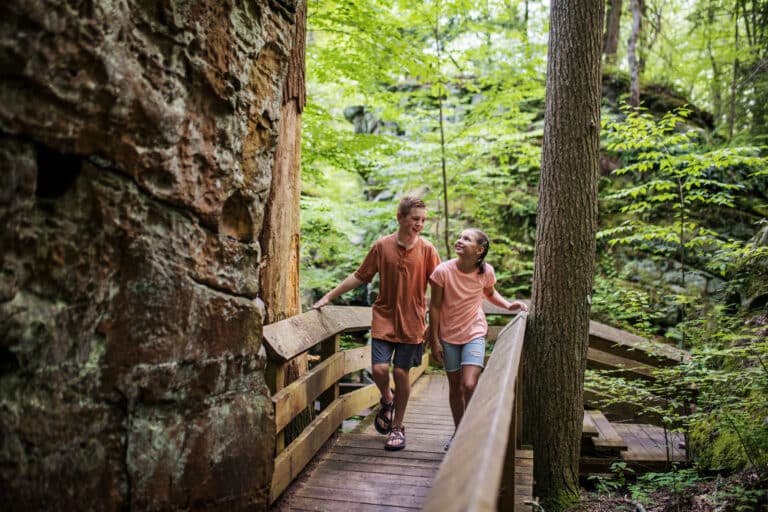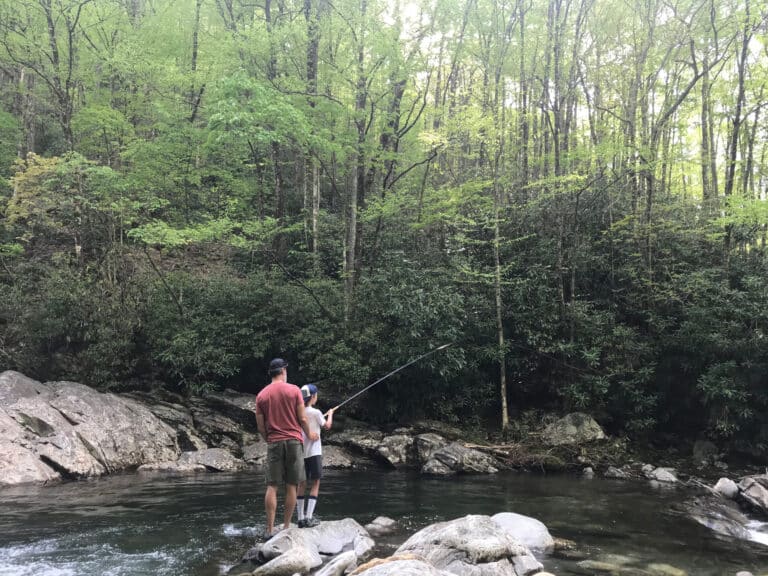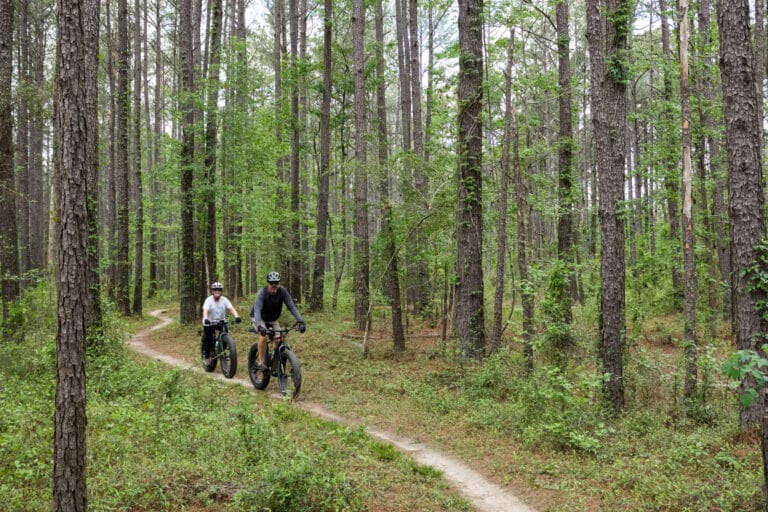Attention is the beginning of devotion. – Mary Oliver, Upstream
3100’
From the valley where I live rises one of the tallest ridges in the Appalachian mountains. My favorite trail makes a direct ascent to the ridgetop—a vertical K (3000’) of elevation gained in less than 2.5 miles of hiking. The initial climb follows an old roadbed, once used to skid a treasure-trove of old growth hardwoods from these hills. Now the forest is in recovery, mostly. Dead hemlocks line the waterways, ash trees show signs of emerald ash borer infection, and American chestnut sprouts strive skyward from old stump-sites where their long-felled trunks once towered. These extinctions, unfolding slowly over human lifetimes, will appear as an abrupt demarcation on the geological record—the great Anthropocene extinction event. But the forest’s remaining diversity still weaves a tight, resilient web. Eighty-year-old tulip trees, black locusts, and oaks thrive in a landscape that was nearly denuded a few decades ago. In the spring and summer, neotropical songbirds, like ovenbirds, vireos, black-throated blue warblers, and scarlet tanagers, all vie for airspace. These migratory songbirds are unseen but constant companions, a hidden forest of cheerleaders for attuned hikers and mountain runners.
I first climbed this trail in the fall of 1999, hauling a barometer up, Elisha Mitchell-style, with a group of my middle school students. Alongside those students, I learned about, and from, the forest. We watched the pressure readings drop as the elevation increased, and we observed the species composition shift as we climbed, from the cove hardwoods to the spruce-fir forest at the crest. Now when I hike, I use the changing composition of tree species as my altimeter.
World champion mountain runner Joe Gray once tested his legs and lungs on this climb, topping it in 35 minutes. I enjoy the invigoration of a fast ascent (PR of 54 minutes), but I prefer a pace that allows for hearing birds and marveling at mosses.
Much more than an exhilarating, heart-pounding climb, this trail is an enchanting ascent through some of the finest plant communities on the continent. I never walk with earbuds; my eyes and ears stay busy absorbing the sights and sounds of the forest. Experiencing the forest is best done with all one’s senses: I’ll snatch a leaf of mountain mint to crush and savor the smell, or snap a birch twig to chew on as I scramble up the rocky path.
3400’
Some people are surprised that I am content hiking the same route month after month. What seems repetitive to them is an incredibly rich and varied experience to me. If you don’t know the forest you pass through on the way up a mountain, you won’t be stimulated by it. To me it’s eternally stimulating. Along the trail, I pass several dozen tree and shrub species, hundreds of varieties of herbaceous plants, thousands of mosses, lichens, and fungi. I recognize many, but not all—never all—of them. I observe how they have social circles, tending to gather in particular configurations. This switchback hosts a neighborhood of horse balm and asters, cucumber-root (the lily), and cucumber tree (the magnolia). I have friends who thru-hiked the A.T. and thought the scenery monotonous—an eternal tunnel of green. These poor souls were plant blind. If you recognize the myriad species and ecological communities that the trail winds through, it’s a continuous path of wonder.
3600’
The trail cuts away from a drainage that used to be a fine ramp patch. One spring, ATV tire tracks scarred the soil, and 90% of the ramps were dug; it’s never been the same since. This patch of rich cove forest still harbors stands of bloodroot, trillium, and black cohosh, but the lush beds of springtime ramps are much diminished, and the old growth ginseng is even longer gone.
3900’
The old road bed fades away and the grade steepens. The forest subtly shifts. The trees are bigger here, as this grade was likely too challenging for the timber crews. Absent are the southern species: the twisted sourwoods, the straight tulip trees and their magnolia cousins with magnificently large leaves. Sugar maples outnumber red maples, and join red oaks, buckeyes, and yellow birches as the predominant overstory. Botanists call this the northern hardwoods. Hiking up a Blue Ridge mountain is the fastest way to a Canadian forest, faster than flying an airplane due north. A relic from the ice ages, the species makeup of these mid-to-high elevation forests of the southern mountains mirrors the hardwood forests of much of Canada and New England. If you wanted to make southern maple syrup, this is where you would cultivate your sugar bush.
4200’
I keep a glass jar tucked in the crevice of an enormous boulder that shelters a spring. I wipe the snail droppings out of the jar before scooping the sweet, cold water. Below the spring, the seep nourishes charismatic but uncommon plants like umbrella leaf and tassel-rue. Every July, a few greater purple fringed orchids catch my eye. In good years, two or three shoulder-high Gray’s lilies open their deep red bells in late June. These are the famous flowers that folks flock to see every summer on the grassy balds of Roan Mountain, but few realize that small isolated populations are scattered in semi-shady glens throughout the middle slopes of the northern part of the western North Carolina mountains.
4300’
Above the spring-boulder, the pitch changes dramatically. Until now the trail has methodically tacked up the mountain, switchback after long switchback; the first 1000’ of climb spread over a long mile. When it reaches this escarpment, the trail relinquishes its meandering ways and shifts into a direct ascent, climbing the next 1000’ in less than half a mile. Hands become essential limbs for ambulating. I grab roots and slender trunks, pulling my way up. It’s a forest meet-and-greet; more affectionate handshaking than tree-hugging, I grasp stout young birches, rhododendrons, mountain laurels, and Viburnums. I’m an ambassador from my species, gladhanding my way up the mountain.
5400’
A rocky outcropping provides an opening to view the entire valley below, and the mountains beyond. These vistas are what many hikers come for. From here, one can see the Roan Highlands to the north, Grandfather Mountain to the east, and the piedmont that lies beyond the Blue Ridge to the south. On a clear September day, I have seen kettles of migrating sharp-shinned hawks, and monarchs fluttering south. In the foreground, the outcropping is surrounded by heath balds of laurel, blueberries, southern mountain cranberries, mountain ash, and stunted spruce.
5900’
The trail enters a cool, thick grove of Fraser fir, a species endemic to the highest elevations of the Southern Appalachians. The temperature drops as the mountain rises. This basic rule of earth science makes the mountain forests what they are. Hundreds of feet below, great expanses of deciduous forest pump billions of gallons of water into the air each day. As the warm, moist air rises against the mountain, the water vapor condenses into clouds. The clouds cloak the mountain, and the cloud forest goes to work: fir trees comb the moisture out of the air, and the water drips down their lichen-adorned trunks, irrigating thick beds of moss at their feet. The montane moss species are an order of magnitude more plush than the valley species.
The birdsong is different too: the hermit thrush’s multi-layered, ethereal voice is a perfect soundtrack to the dripping, foggy, fir forest; a tiny winter wren takes up a disproportionate amount of sonic space with its galloping song. Both species typically breed far to the north, but like many organisms in this cloud forest, they’ve found refuge in the highest elevations of the southern latitudes.
6100’
The trail tops out in a small meadow surrounded by spruce and fir at the summit. I fill my lungs with the dizzying mountaintop scents of skunk goldenrod and filmy angelica. Despite the occasional craggy peak or ridgetop bald, there is no treeline in the Southern Appalachians, and I’m grateful to be enveloped by the forest. John Muir famously disliked the word “hike,” with its connotation of destination as goal. This trail is far more than a route to the mountaintop; it’s a tour of a remarkable forest. Many people exalt the mountains as a source of soul-nourishment. Waterfalls and mountain vistas are splendid, but the forest and its denizens are what makes the mountain. This mountain, from the leafy coves at its foot to its needled crown, is a lesson in forest diversity, abundance, and resilience. Hike it, yes—but most importantly, get curious about all the life-forms it hosts.
Cover photo: A strand of pure fraser fir forest in North Carolina’s Black Mountains. Photo by Tal Galton








